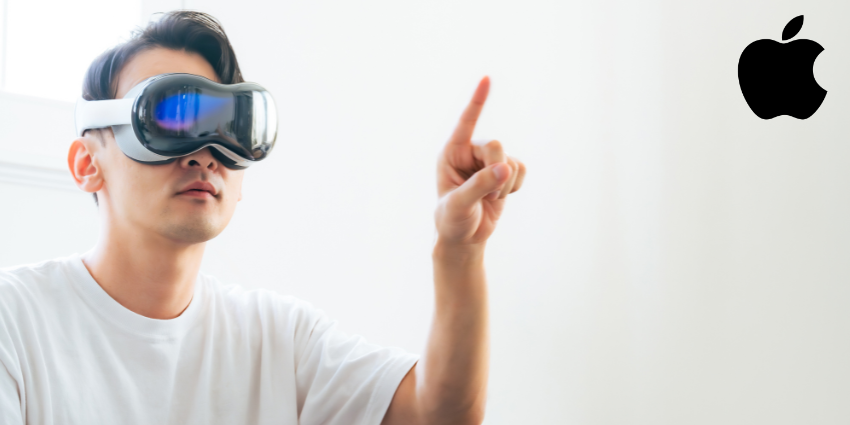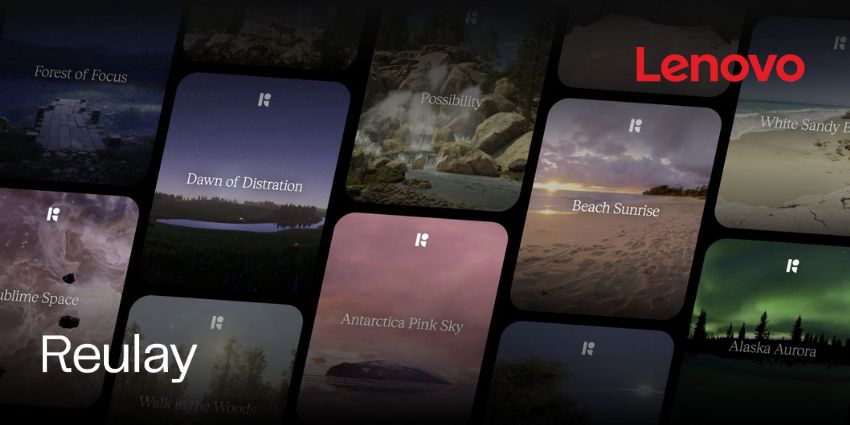If you’re watching the XR space, the news about the Apple Vision Air should make you sit up and take notice.
Apple is reportedly developing a lighter, far more affordable headset called Vision Air, and it could redraw the enterprise XR landscape by 2027. Meanwhile, Samsung, Google, and Qualcomm are rallying behind Project Moohan, a high-profile Android XR initiative. The question isn’t just whether Apple will enter this market, but whether they’ll fundamentally redefine it before Moohan.
How 400 Grams Could Change An Industry
Apple’s rumored strategy is simple: shed weight, slash the price, maintain the premium experience. Supply-chain reporting suggests Vision Air is slated for 2027, aiming to be over 40% lighter and more than 50% cheaper than Vision Pro. For context, Vision Pro weighs 600-650g and costs $3,499. It’s a technological marvel but carries significant barriers to mass enterprise adoption. If Vision Air lands under 400g with a sub-$2,000 price point, it directly addresses the two primary friction points that have kept their spatial computing platform out of everyday workflows: comfort and cost.
This positioning would be transformative. Current XR deployments often require dedicated spaces and limited usage sessions due to weight fatigue. A lighter device opens up possibilities for extended collaborative sessions, training programs, and productivity workflows that integrate effortlessly into pre-existing work patterns.
Why Businesses Love What Consumers Rejected
While Apple’s Vision Pro received a tepid consumer response, it has become a firm favorite among enterprise buyers. Real-world deployments span from immersive collaboration in Zoom and Microsoft Teams, to digital twin training scenarios, and Mac Virtual Display workflows that turn a single desk into an infinite digital workspace. These have been led by their groundbreaking “spatial operating system”, which enables users to coordinate with a fully 3D interface controlled by natural inputs, such as a user’s hands, eyes and voice. These aren’t experimental pilots anymore; they’re production deployments driving ROI.
Why Apple Gave Up on You (And Chose Your Boss Instead)
Rather than chasing mass consumer adoption, Apple appears to be doubling down on its traditional strength: the premium enterprise market. This mirrors their successful playbook with Mac computers and iPads, where business customers value integration, reliability, and seamless workflow tools over price competition.
This enterprise focus makes strategic sense. Business buyers can justify higher costs when XR technology demonstrably improves productivity, reduces training expenses, or enables new revenue streams. They also prioritize security, support, and ecosystem integration over consumer features. Vision Air signals Apple’s recognition that even enterprise customers need more accessible pricing and better ergonomics to scale deployment across their organisations.
Vision Air vs Project Moohan
Apple won’t have the 2027 enterprise XR market to themselves. Samsung’s Project Moohan, developed in partnership with Google and Qualcomm, is set to launch at a significantly lower price point than the current Vision Pro. This positions Moohan as the accessible, rapid-scale option for organizations prioritizing cost over premium integration.
Apple rarely competes by matching competitors’ pricing. Instead, they typically redefine value propositions and move market expectations. While Moohan may accelerate overall XR adoption through aggressive pricing, Apple will be hot on their heels with the Vision Air. Their track record also suggests they’ll compete on total cost of ownership, ecosystem benefits, and productivity gains rather than sticker price alone.
As spatial computing moves from experimental to essential, forward-thinking organizations are already laying groundwork for this transition. The companies that invest in understanding XR’s potential today will be best positioned to capitalize when lighter, cheaper, enterprise-focused solutions become widely available. The real question facing enterprise leaders isn’t whether spatial computing will transform work, but when and how your organization will adapt to this new reality.
Will your workplace be ready when XR becomes as common as laptops and smartphones?







